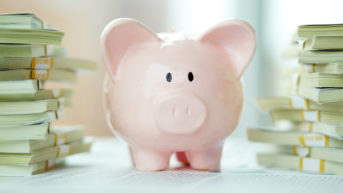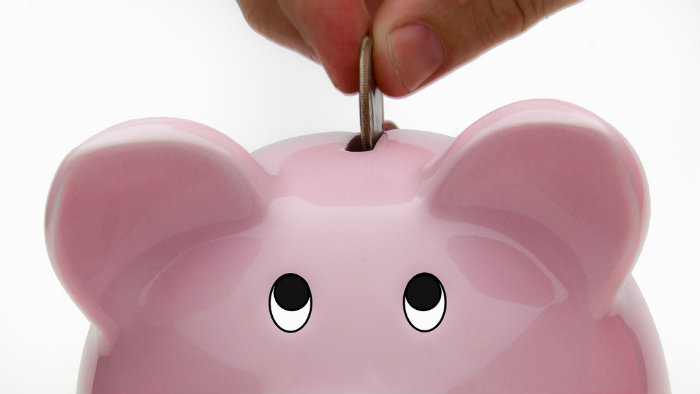According to a recent Canadian Imperial Bank of Commerce survey, 32% of Canadians between 45 and 64 have nothing saved for retirement, and 53% don’t know if they’re saving enough. Don’t be one of these people! It’ll help to begin thinking about retirement and forming a plan with your financial planner. The average amount of savings Canadians think they need to retire comfortably is $756,000.
How much do YOU need based on YOUR lifestyle?
The $756,000 amount might not work for you. You might need more or less depending on your retirement lifestyle. Therefore, you should think about what you’ll spend on in retirement.
If your retirement is a long way off, and you have trouble thinking what your lifestyle will be like, start by recording how much you spend right now.
Your expenses can include food (e.g., eating out, eating at home, coffee shop visit, food for your pet), housing (e.g., rent/mortgage payment, utilities, internet, phone), clothes, transportation (e.g., gas for the car, car maintenance, transit, or taxi), personal care (e.g., healthcare, dental, healthcare for your pet), and entertainment (e.g., streaming subscriptions like Netflix, movies, gym, vacations).
Keep in mind that there are some expenses that aren’t paid monthly, including property tax, dental costs, healthcare costs, etc. Anyhow, track and add up your expenses for a year and divide it by 12 to estimate how much you spend per month based on your lifestyle.

How to save and invest to get to $756,000
Let’s say the $756,000 amount is our end goal. How long will it take you to get there? That’ll depend on how much you save each month and what rate of return you expect to get from investing your savings.
The less you save each month, the longer it’ll take before you can retire, and the higher rate of return you’ll need. The sooner you save, the less you need to save and invest each month. The longer you have to invest your money, the harder your money will work for you via the simple principle of compounding. In short, the general rule is, start investing as soon as possible.
For example, the amount you need to save and invest every month is reduced by almost 86% from ~$4,370 to ~$620 between a 10-year and 30-year investment horizon!
| Saving and investing for… | Monthly contribution needed to reach $756,000 (on a return of 7% per year) |
| 10 years | $4,370 |
| 15 years | $2,386 |
| 20 years | $1,452 |
| 25 years | $934 |
| 30 years | $620 |
| 35 years | $420 |
| 40 years | $289 |
A popular stock for retirement is Bank of Nova Scotia (TSX:BNS)(NYSE:BNS). It offers a safe yield of ~4.3%. If you have a $756,000 portfolio of quality dividend stocks that generate a ~4.3% yield, you’ll have $32,508 for spending.
Investor takeaway
The earlier you start saving and investing, the less you need to save every month to reach your end goal. That said, to reach your goal faster, you can invest more when you can. For example, if you get a tax refund or a bonus, consider saving and investing at least a portion of it.
To get a +7% rate of return, your portfolio probably needs a decent exposure to stocks. The earlier you educate yourself on investing or find yourself a suitable financial advisor, the sooner you’ll reach your retirement goal, whatever it may be.








